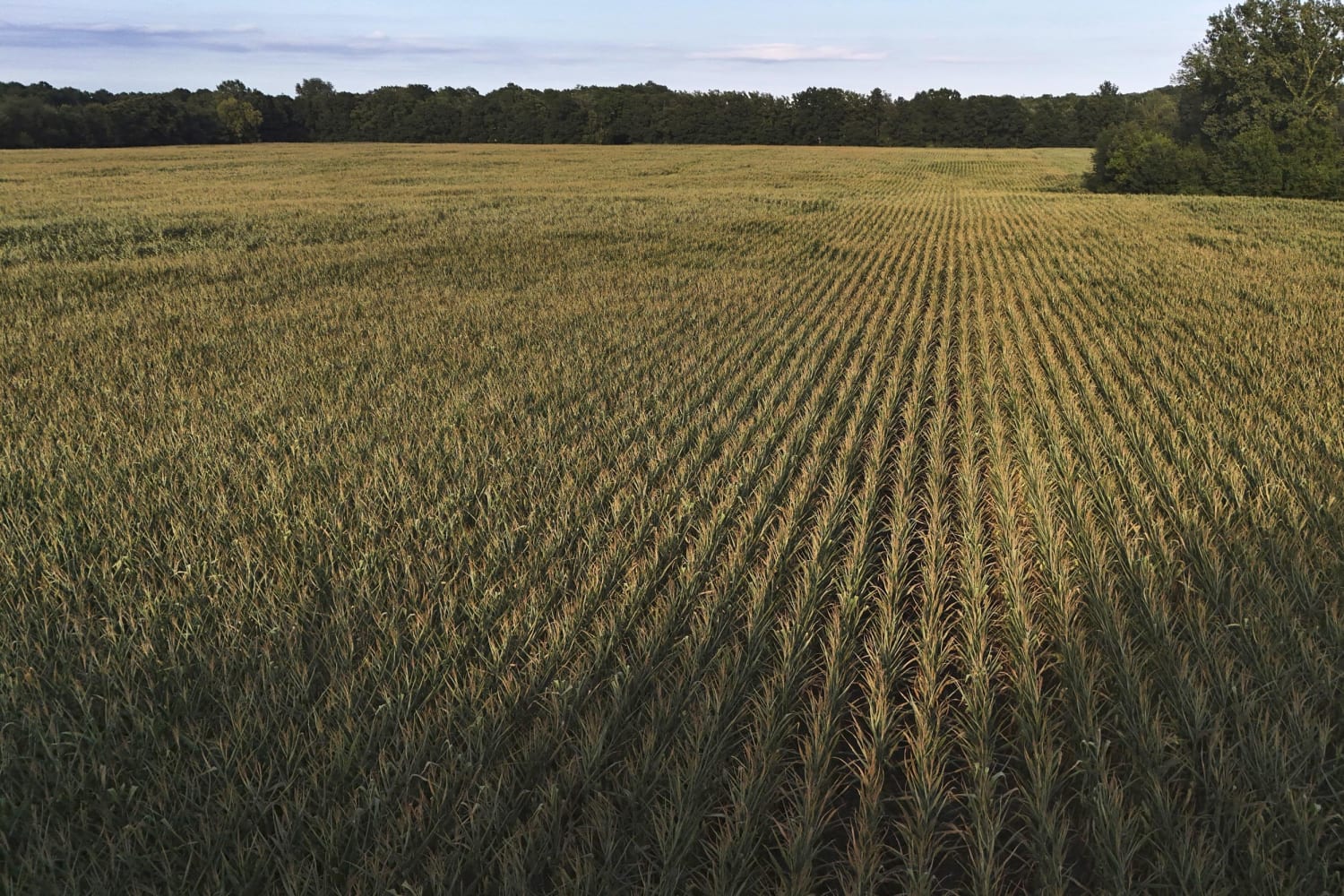The journey began with a simple question: Was the fossil I purchased online authentic? This inquiry led me down a rabbit hole of scientific journals, geological databases, and expert forums. I quickly learned that the world of paleontology is filled with complex verification processes, and the digital marketplace is rife with fakes. My initial search was a practical one, a desire to confirm the value of my purchase. However, as I delved deeper, the nature of my question shifted. I realized that the true value of the object was not in its authenticity but in the story it told, whether real or a masterful forgery.
The digital world of fossil trading is a curious one. Online marketplaces have democratized access to what were once museum-grade specimens, making it possible for anyone to own a piece of prehistoric history. But with this accessibility comes a high degree of risk. Without a trained eye or the right tools, it is nearly impossible for an amateur to distinguish a genuine artifact from a clever counterfeit. My fossil, a supposed trilobite from Morocco, appeared to be perfect. The details were intricate, the coloration was convincing, and the price was too good to be true. This last point, I would soon discover, was the most telling.
My initial investigation centered on determining the exact species of trilobite and its geological origin. I compared photographs, reviewed academic articles on Moroccan paleontology, and reached out to a few online specialists for advice. The feedback was a blend of doubt and complex terminology. One specialist highlighted that the mineral matrix surrounding the fossil was a typical type found in Moroccan counterfeit items. Another remarked that the pristine condition of the fossil’s shell was exceptionally rare. These detailed insights were the first hints that my quest for verification was more intricate than I initially thought.
I began to understand that the concept of “authenticity” in the fossil trade is not a binary one. A fossil can be real, but with a fabricated matrix. It can be a composite of multiple real fossils. It can be a real fossil that has been “enhanced” with carving or paint. The lines between real and fake are often blurred, making it difficult for even a seasoned expert to render a definitive judgment without a hands-on, microscopic examination. My simple question—Is it real?—was now a series of more nuanced questions: Is the fossil itself genuine? Was it found in the location it claims? Has it been altered in any way?
This realization brought me to a turning point. Instead of focusing on the object’s commercial value or its place in the fossil record, I began to appreciate it as a work of art. The craftsmanship of a good forgery is astounding. It requires a deep understanding of paleontology, geology, and artistry. The forger must know what the real fossil looks like, how it would have been preserved in the rock, and how to create a convincing imitation. The skill and dedication required to create such an object is, in a way, just as impressive as the natural processes that created the original fossil. My frustration at being potentially duped began to give way to a sense of awe at the human ingenuity behind the forgery.
My new perspective allowed me to see the fossil not as a specimen to be verified, but as a story to be unraveled. The story of its creation, its journey from a workshop in Morocco to my doorstep, and the motivations of the people who created it. This new line of inquiry was far more interesting than the original one. It led me to research the economics of the fossil trade in developing countries, the history of forgeries, and the ethical dilemmas faced by museums and collectors. I was no longer just a buyer trying to verify a product; I was a detective trying to understand a global industry.
Esta vivencia me enseñó una lección importante sobre cómo nos relacionamos con los objetos. A menudo les otorgamos valor basado en su autenticidad o su rareza. Sin embargo, en ocasiones, las historias más fascinantes no tienen que ver con qué es un objeto, sino con lo que simboliza. Mi fósil, fuera verdadero o no, se convirtió en un vínculo tangible con una red mundial de artistas, comerciantes y coleccionistas. Era una representación física del complejo juego entre la ciencia, el comercio y el arte. La cuestión de su autenticidad dejó de ser relevante porque su verdadero valor residía en el recorrido de descubrimiento que me había impulsado a emprender.
The quest to verify the fossil’s authenticity was, in the end, a quest to understand my own motivations and assumptions. I had started with a desire for certainty and had ended with a newfound appreciation for ambiguity. The object on my shelf was not just a fossil; it was a powerful reminder that sometimes, the most important questions we can ask are not about the things we possess, but about the stories we tell ourselves about them. And in the world of fossils, as in life, sometimes the most interesting story is not the one that’s real, but the one that’s made up.



